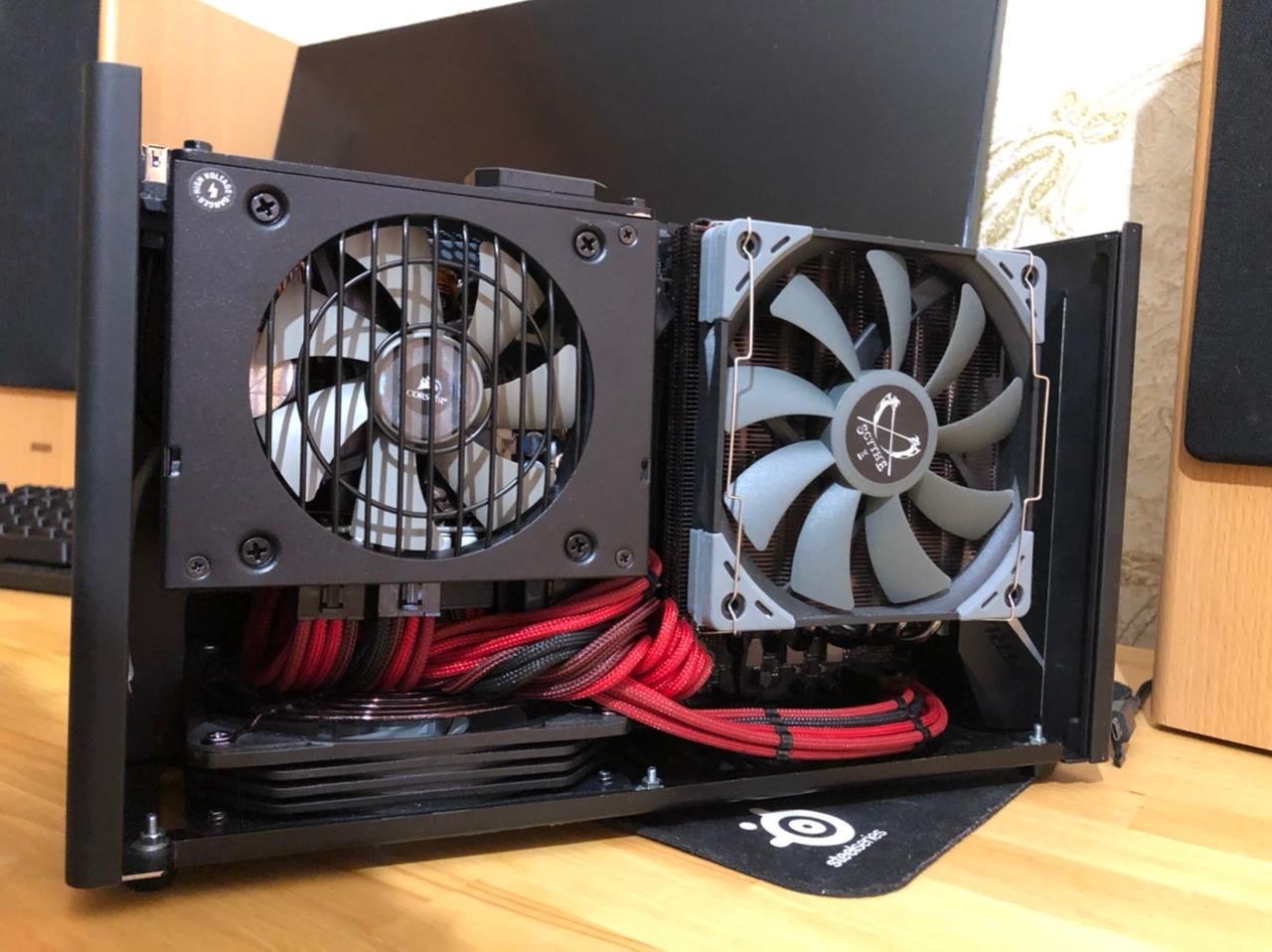

Articles
How To Tell If A Fan Is Intake Or Exhaust
Modified: January 19, 2024
Discover the signs to determine whether a fan is an intake or exhaust in this informative article. Learn about the key characteristics and how they impact airflow.
(Many of the links in this article redirect to a specific reviewed product. Your purchase of these products through affiliate links helps to generate commission for Storables.com, at no extra cost. Learn more)
Introduction
Welcome to the world of fans! Fans are an essential part of various systems and applications, providing much-needed airflow to keep things cool and functional. Whether it’s in your computer, your car, or your home, fans play a crucial role in maintaining optimal conditions.
But have you ever wondered about the different types of fans and how to distinguish between them? Specifically, how can you tell if a fan is an intake fan or an exhaust fan? In this article, we will explore the world of fans, their functions, and how to identify whether they are intake or exhaust fans.
Before we dive into the details, let’s start with a basic understanding of what a fan is. A fan is a device that moves air by utilizing rotating blades or impellers. Its primary purpose is to circulate air, either by drawing air in (intake) or pushing air out (exhaust). Understanding the distinction between these two types of fans is crucial for their proper installation and usage.
Key Takeaways:
- Fans are essential for maintaining optimal conditions in various applications. Understanding the differences between intake and exhaust fans is crucial for effective installation and usage.
- Intake fans draw in fresh air, while exhaust fans expel stale air. Observing airflow direction, blade orientation, and placement helps determine the type of fan for specific needs.
Read more: How To Size An Exhaust Fan
What is a Fan?
In its simplest form, a fan is a mechanical device that generates airflow. It consists of a rotating mechanism, typically featuring blades or impellers, which propel air in a specific direction. Fans are commonly used in various industries and applications, including electronics, HVAC systems, automobiles, and even in our everyday household appliances.
The importance of fans lies in their ability to move air, which helps in several ways. Fans can dissipate heat from electronic components, cool down engines, improve air quality, and maintain comfortable temperatures in enclosed spaces. Without fans, many systems would overheat and cease to function efficiently.
Types of Fans
There are several types of fans available, each tailored to specific applications and requirements. Some common types of fans include:
- Centrifugal fans: These fans use centrifugal force to move air radially away from the center of the impeller.
- Axial fans: Axial fans have blades that rotate around an axis, pushing air parallel to that axis.
- Propeller fans: Propeller fans consist of a propeller-shaped blade that moves air in a forward direction.
- Mixed-flow fans: These fans combine features of both axial and centrifugal fans, providing a mixture of high airflow and increased pressure.
Now that we have an understanding of the different types of fans, let’s move on to exploring the differences between intake and exhaust fans and how to identify them.
Key Takeaways:
- Fans are essential for maintaining optimal conditions in various applications. Understanding the differences between intake and exhaust fans is crucial for effective installation and usage.
- Intake fans draw in fresh air, while exhaust fans expel stale air. Observing airflow direction, blade orientation, and placement helps determine the type of fan for specific needs.
Read more: How To Size An Exhaust Fan
What is a Fan?
A fan is a mechanical device that generates airflow by using rotating blades or impellers. Its primary function is to move air, either by drawing it in (intake) or pushing it out (exhaust). Fans are integral components in various applications and industries, playing a crucial role in maintaining optimal conditions.
Fans are commonly used in electronics, where they help dissipate heat generated by components such as CPUs and graphics cards. By constantly circulating air, fans prevent overheating, ensuring the proper functioning and longevity of electronic devices.
In HVAC (Heating, Ventilation, and Air Conditioning) systems, fans are used to circulate conditioned air throughout buildings, regulating temperatures and improving air quality. In large industrial settings, powerful fans are employed to cool down machinery and enhance worker safety by reducing heat-related risks.
Automobiles also rely on fans to cool their engines. Radiator fans draw cool air through the radiator, dissipating heat and preventing engine overheating. Cabin fans, on the other hand, provide comfort by circulating air within the vehicle interior.
In households, fans are frequently used to provide relief during hot summers. Table fans, ceiling fans, and pedestal fans help create a cooling breeze that improves comfort levels. In addition, fans are used in ventilation systems to extract stale air and introduce fresh air, promoting healthier indoor environments.
Overall, fans play an indispensable role in various applications by facilitating airflow and maintaining optimal conditions. From electronics to automotive, industrial to residential settings, fans contribute to the efficient functioning and comfort of numerous systems.
Types of Fans
There are several types of fans available, each designed for specific applications and operating principles. Understanding the different types of fans can help in differentiating between intake and exhaust fans.
Centrifugal Fans: Centrifugal fans, also known as radial flow fans, operate by creating a pressure difference and propelling air radially away from the center of the impeller. These fans are commonly used in HVAC systems, industrial applications, and air handling units.
Axial Fans: Axial fans have blades that rotate around an axis, pushing air parallel to that axis. These fans are often used in cooling systems for electronic devices, computer cases, and ventilation ducts.
Propeller Fans: Propeller fans consist of a propeller-shaped blade that moves air in a forward direction. These fans are commonly found in residential settings, cooling appliances, and small-scale ventilation systems.
Mixed-Flow Fans: Mixed-flow fans combine features of both centrifugal and axial fans. They provide a combination of high airflow and increased pressure. These fans are often used in confined spaces, such as HVAC systems in buildings and ventilation systems in vehicles.
Now that we have an overview of the different types of fans, let’s dive deeper into differentiating between intake and exhaust fans.
Intake Fans: Intake fans, as the name suggests, draw air into an enclosed space. They are designed to create a flow of fresh air into a system or a room. Intake fans generally have blades or impellers that face towards the user or the system they are installed in. They typically extract air from the surroundings and circulate it inside. Intake fans are commonly found in computer cases, where they bring in cool air to dissipate the heat generated by the components.
Exhaust Fans: On the other hand, exhaust fans expel air from an enclosed space. They are designed to remove stale or polluted air and maintain a healthy and fresh environment. Exhaust fans usually have blades or impellers facing away from the user or the system. They create airflow that pushes the air out towards the outside environment. Exhaust fans are commonly used in bathrooms, kitchens, and industrial settings to remove odors, moisture, and harmful fumes.
Differentiating between intake and exhaust fans can often be determined by the direction of airflow or the presence of specific features, such as vent grills or filters. By understanding the purpose and design of these fans, you can effectively select and install the appropriate fan for your specific needs.
Look for the direction of airflow: if the fan is blowing air into the case, it’s an intake fan. If it’s pulling air out of the case, it’s an exhaust fan.
Read more: What Is An Exhaust Fan
Understanding Airflow
Airflow is a fundamental concept in the operation of fans. It refers to the movement of air in a specific direction created by the rotation of fan blades or impellers. Understanding the principles of airflow is crucial for comprehending the significance of fans and how they function.
When a fan is in operation, it creates a pressure difference that causes air to move. The blades or impellers of the fan accelerate the air, creating a flow. This airflow can be either in a forward direction (from the fan’s intake side to the exhaust side) or in a reverse direction (from the exhaust side to the intake side).
The direction of airflow is influenced by several factors:
- Fan Orientation: The orientation of the fan, whether it is mounted horizontally or vertically, can impact the airflow direction. It is important to consider the intended use of the fan and ensure proper installation to achieve the desired airflow.
- Fan Design: The design and configuration of the fan blades or impellers can influence the direction of airflow. The shape, size, and angle of the blades determine how air is moved, either in an intake or exhaust direction.
- System Design: The overall design of the system in which the fan is installed can also affect the airflow direction. The presence of vents, ducts, or other components can guide the airflow in a specific direction.
- External Factors: External factors, such as wind or air pressure differentials, can impact the direction of airflow. These factors may cause air to flow toward or away from the fan, affecting its intake or exhaust capabilities.
It is important to note that the airflow direction of a fan is typically determined during the design and manufacturing process. However, certain fans may offer the flexibility to be used as either an intake or exhaust fan, depending on the orientation or installation method.
Understanding the principles of airflow and the factors that influence its direction helps determine the proper installation and usage of fans. Whether you need to bring in fresh air or expel stale air, considering these factors will ensure the effective operation of the fan and the desired airflow outcome.
Characteristics of Intake Fans
Intake fans are an essential component in various systems, designed to draw air into an enclosed space. They possess distinct features that make them suitable for their intended purpose. Let’s explore the characteristics of intake fans, along with their benefits and common uses.
Identifying Features of Intake Fans:
- Blade Orientation: Intake fans typically have blades or impellers that face towards the user or the system they are installed in. This design allows them to draw air from the surroundings and bring it inside.
- Vent Grills or Filters: Intake fans often feature vent grills or filters at the intake side to prevent dust, debris, or foreign particles from entering the system. These grills or filters help maintain clean and efficient airflow.
- Direction of Airflow: The primary characteristic of an intake fan is its capability to bring in fresh air. The airflow direction is from the fan’s intake side to the exhaust side, creating a continuous circulation of air.
- Multipurpose Usage: Some intake fans are versatile and can be used in various applications. They can be installed in computer cases to cool down internal components, in air conditioning systems to bring in fresh air, or in ventilation systems to improve air quality.
Benefits and Uses of Intake Fans:
Intake fans offer several benefits and serve various purposes in different settings:
- Cooling and Temperature Regulation: Intake fans are commonly used in electronic devices and computer systems to dissipate heat. By drawing in cool air and directing it towards the components, they help prevent overheating and maintain optimal operating temperatures.
- Improved Air Quality: Intake fans can help improve the air quality in enclosed spaces. By continuously bringing in fresh air from the surroundings, they promote better circulation and ventilation, reducing the concentration of pollutants, odors, and moisture.
- Energy Efficiency: Intake fans can contribute to energy efficiency by reducing the reliance on air conditioning systems. By pulling in cool outside air, they help lower the temperature in indoor spaces, reducing the need for artificial cooling and ultimately saving energy.
- Promote Comfort: In residential settings, intake fans can enhance comfort by creating a cooling breeze and improving the airflow in rooms. They are commonly used in combination with air conditioning systems to facilitate the circulation of conditioned air.
Whether it’s in electronics, HVAC systems, or residential applications, intake fans offer distinct advantages and play a vital role in maintaining optimal conditions. Their ability to draw in fresh air improves air quality, promotes efficient temperature regulation, and contributes to overall comfort in various environments.
Characteristics of Exhaust Fans
Exhaust fans are essential for expelling air from an enclosed space, ensuring proper ventilation and air circulation. These fans possess distinctive characteristics that make them suitable for their intended purpose. Let’s explore the key attributes of exhaust fans, along with their advantages and common applications.
Recognizing Attributes of Exhaust Fans:
- Blade Orientation: Exhaust fans typically have blades or impellers that face away from the user or the system they are installed in. This design allows them to push air outwards and create a flow of air towards the exhaust side.
- Airflow Direction: The primary characteristic of an exhaust fan is its capability to expel air from an enclosed space. The airflow direction is from the fan’s exhaust side to the intake side, effectively removing stale or polluted air.
- Efficient Extraction: Exhaust fans are designed to efficiently extract air, moisture, odors, and fumes. They often feature grills or openings at the exhaust side, providing a pathway for air to exit the space.
- Variable Speed Settings: Many exhaust fans offer variable speed settings, allowing the user to adjust the airflow rate based on their specific needs. This flexibility enables efficient and customizable ventilation.
Advantages and Applications of Exhaust Fans:
Exhaust fans offer several advantages and serve various purposes in different environments:
- Ventilation and Air Exchange: One of the primary advantages of exhaust fans is their ability to improve indoor air quality by removing stale air and promoting continuous air exchange. They effectively extract pollutants, moisture, and odors, contributing to a healthier and more comfortable indoor environment.
- Moisture Control: Exhaust fans play a significant role in moisture control, particularly in areas such as bathrooms, kitchens, and laundry rooms. By expelling moisture-laden air, they help prevent the buildup of humidity, minimizing the risk of mold and mildew growth.
- Preventing Heat Buildup: In industrial settings and enclosed spaces, exhaust fans are essential for expelling hot air and preventing heat buildup. By removing excess heat, they help maintain optimal working conditions and prevent equipment damage.
- Smoke and Odor Extraction: Exhaust fans are commonly used in areas where smoke or strong odors are present. They effectively remove smoke generated from cooking or industrial processes and ensure proper ventilation to minimize any potential health risks.
- Enhancing Energy Efficiency: In combination with windows or ventilation systems, exhaust fans can enhance energy efficiency by taking advantage of natural airflow. By expelling warm air during the summer or allowing cool air to enter during the winter, they can help reduce the load on air conditioning and heating systems.
Exhaust fans offer reliable and efficient ventilation solutions in a variety of applications, from residential spaces to industrial settings. Their ability to extract pollutants, control moisture, and improve air quality makes them an indispensable component in ensuring proper ventilation and maintaining a healthy and comfortable environment.
Distinguishing Between Intake and Exhaust Fans
Intake and exhaust fans serve different functions and have distinct characteristics that allow them to fulfill their respective roles in different systems. Understanding the key differences between intake and exhaust fans is important when determining the specific purpose and installation requirements of a fan.
Key Differences Between Intake and Exhaust Fans:
- Air Flow Direction: The primary difference between intake and exhaust fans lies in the direction of airflow. Intake fans draw air into an enclosed space, directing it towards the system or room they are installed in. On the other hand, exhaust fans expel air from an enclosed space, pushing it outwards towards the outside environment.
- Blade Orientation: Intake fans typically have blades or impellers that face towards the user or the system they are installed in. This design allows them to draw air in and create airflow towards the intake side. In contrast, exhaust fans have blades or impellers that face away from the user or the system, facilitating the expulsion of air towards the exhaust side.
- Intended Purpose: Intake fans are primarily used to bring in fresh air, while exhaust fans are used to remove stale or polluted air. Intake fans contribute to ventilation and cooling, while exhaust fans aid in proper air circulation, moisture control, and the elimination of odors and fumes.
- Installation Requirements: The installation requirements for intake and exhaust fans can vary. Intake fans are typically installed in positions that allow for the intake of fresh air from the surrounding environment. Exhaust fans, on the other hand, are positioned to ensure the effective removal and expulsion of air from within an enclosed space.
How to Determine if a Fan is Intake or Exhaust:
Determining whether a fan is an intake or exhaust fan can generally be achieved by observing the direction of airflow and the orientation of the blades:
- Air Flow Observation: If you can visually detect the flow of air, observe the direction it is moving in relation to the fan. If the air is being drawn towards the fan, it is likely an intake fan. If the air is being pushed away from the fan, it is likely an exhaust fan.
- Blade Orientation: Examine the orientation of the blades or impellers. Intake fans typically have blades that face towards the user or the system, while exhaust fans have blades that face away from the user or the system.
- Label or Instructions: Check for any labels or instructions on the fan that indicate whether it is an intake or exhaust fan. Manufacturers often provide clear labeling to help users identify the purpose of the fan.
- Circumstantial Placement: Consider the placement and position of the fan. Intake fans are commonly positioned where they can draw in fresh air from the environment. Conversely, exhaust fans are usually placed in areas where there is a need to expel air from an enclosed space.
By understanding the key differences between intake and exhaust fans and employing these methods of observation, you can determine the specific role and installation requirements of a fan, ensuring it is used effectively in its intended application.
Read more: How To Install An Exhaust Fan
Conclusion
Fans play a crucial role in various applications, providing airflow and ventilation to maintain optimal conditions. Understanding the differences between intake and exhaust fans is essential for their proper installation and usage.
Intake fans are designed to draw fresh air into an enclosed space, cooling components, and improving air quality. They have distinctive features such as blades facing towards the user, vent grills or filters, and a direction of airflow from intake to exhaust. Intake fans offer benefits like temperature regulation, improved air quality, energy efficiency, and enhanced comfort.
Exhaust fans, on the other hand, expel air from an enclosed space, promoting proper ventilation and removing stale or polluted air. These fans have blades facing away from the user, move air from exhaust to intake, and often include openings or grills for efficient extraction. The advantages of exhaust fans include ventilation, moisture control, prevention of heat buildup, smoke and odor extraction, and enhanced energy efficiency.
Key differences between intake and exhaust fans lie in the direction of airflow and the orientation of the blades. Intake fans draw in air, while exhaust fans expel air. Determining the type of fan can be done by observing the direction of airflow, examining the blade orientation, referring to labels or instructions, and considering the placement of the fan.
In conclusion, intake fans and exhaust fans have unique characteristics and serve different purposes in various applications. Understanding these differences allows for the proper selection, installation, and utilization of fans to ensure effective airflow, ventilation, and comfort in different settings. So, whether you need to bring in fresh air or remove stale air, identifying the right type of fan will ensure optimal performance and a healthier environment.
Frequently Asked Questions about How To Tell If A Fan Is Intake Or Exhaust
Was this page helpful?
At Storables.com, we guarantee accurate and reliable information. Our content, validated by Expert Board Contributors, is crafted following stringent Editorial Policies. We're committed to providing you with well-researched, expert-backed insights for all your informational needs.
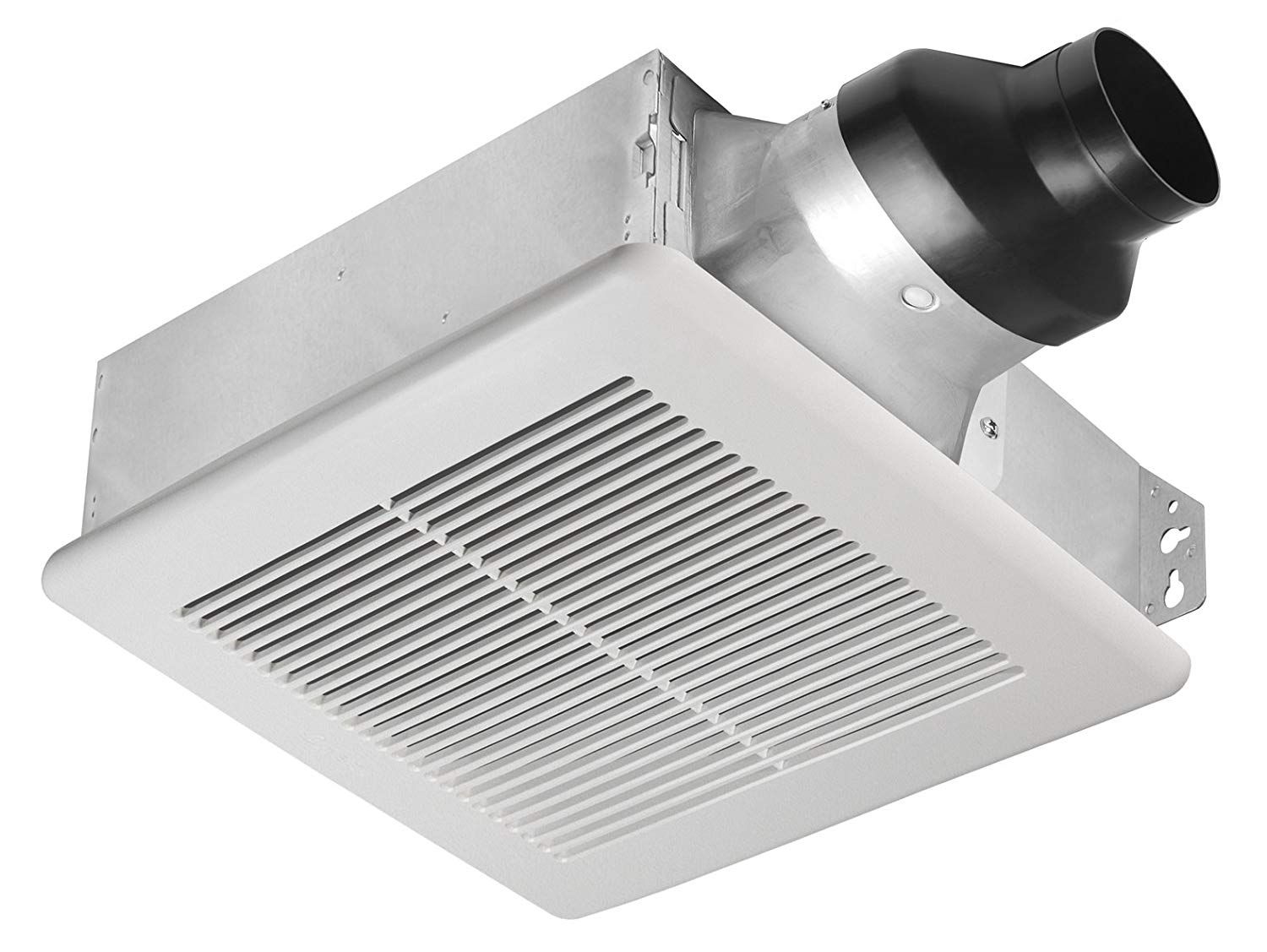
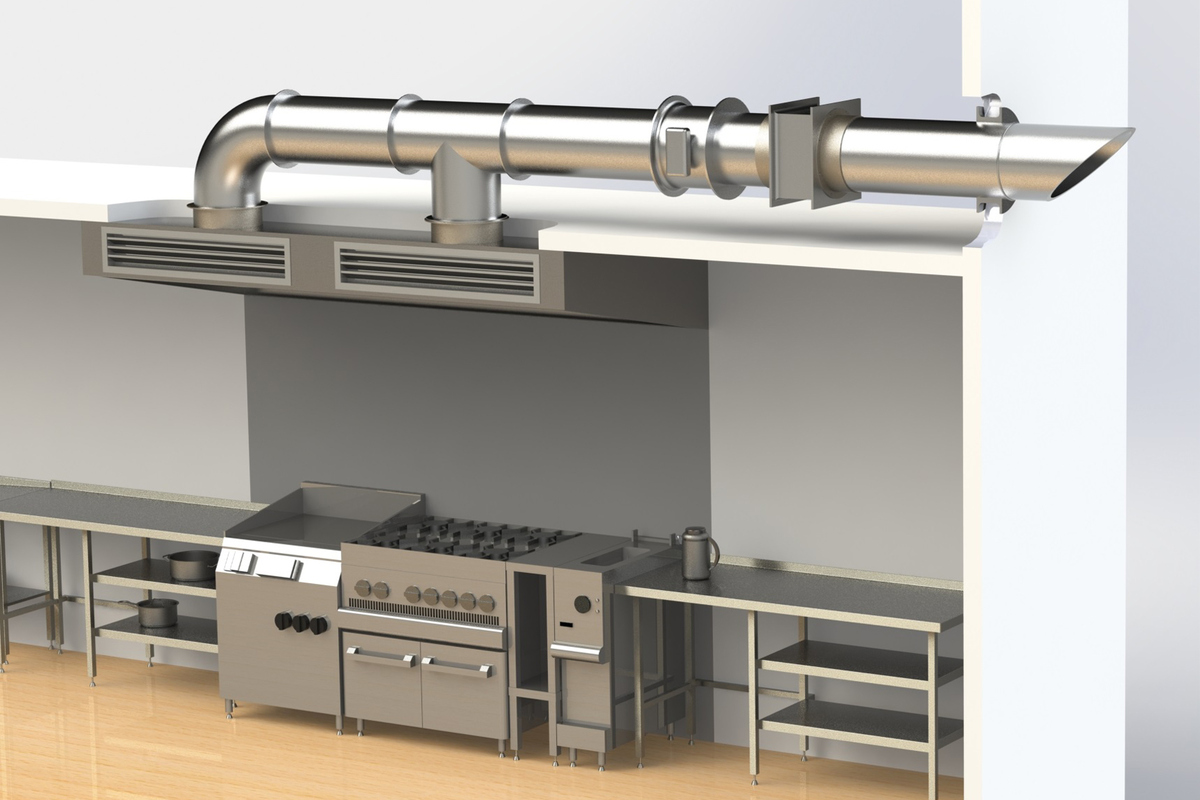
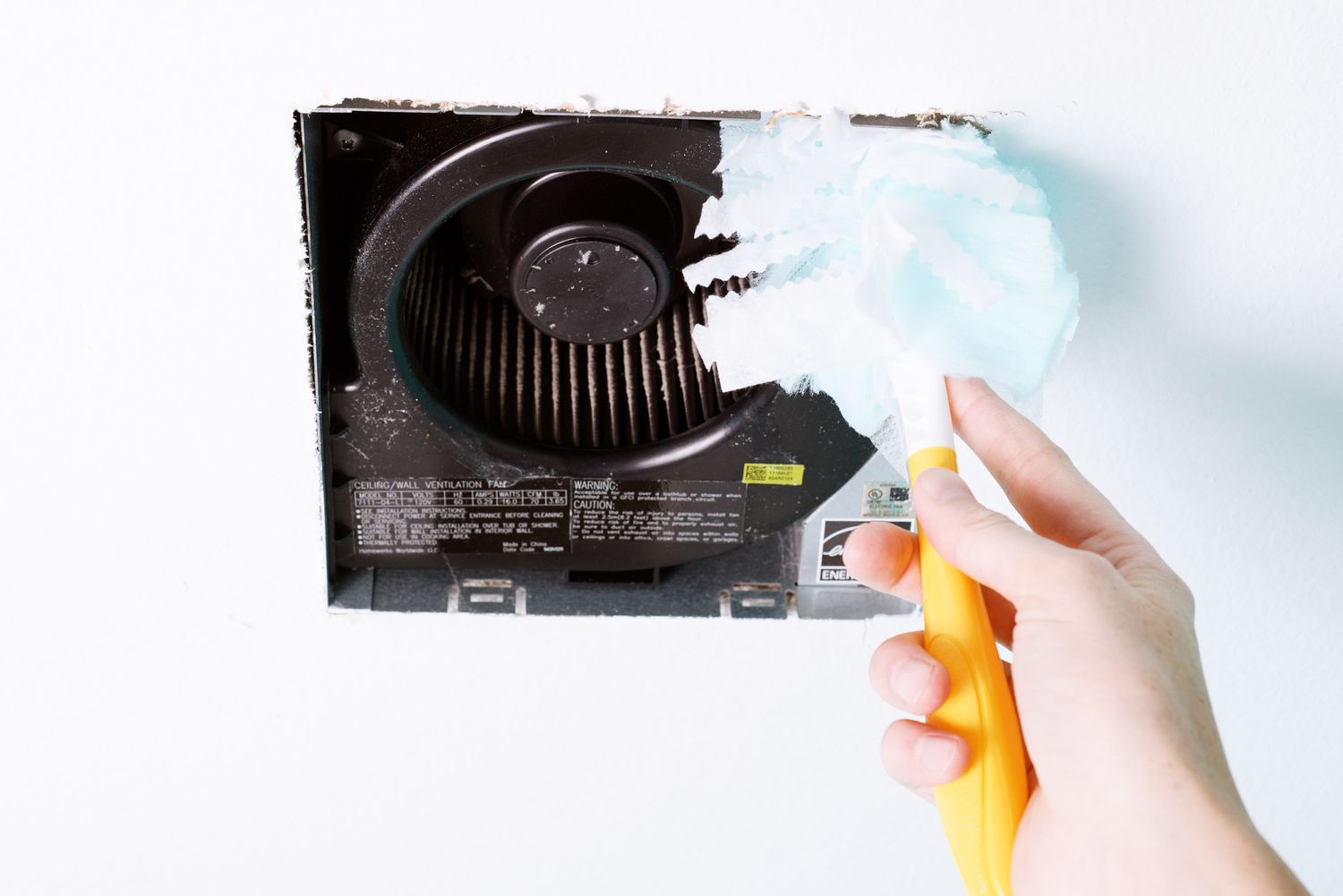
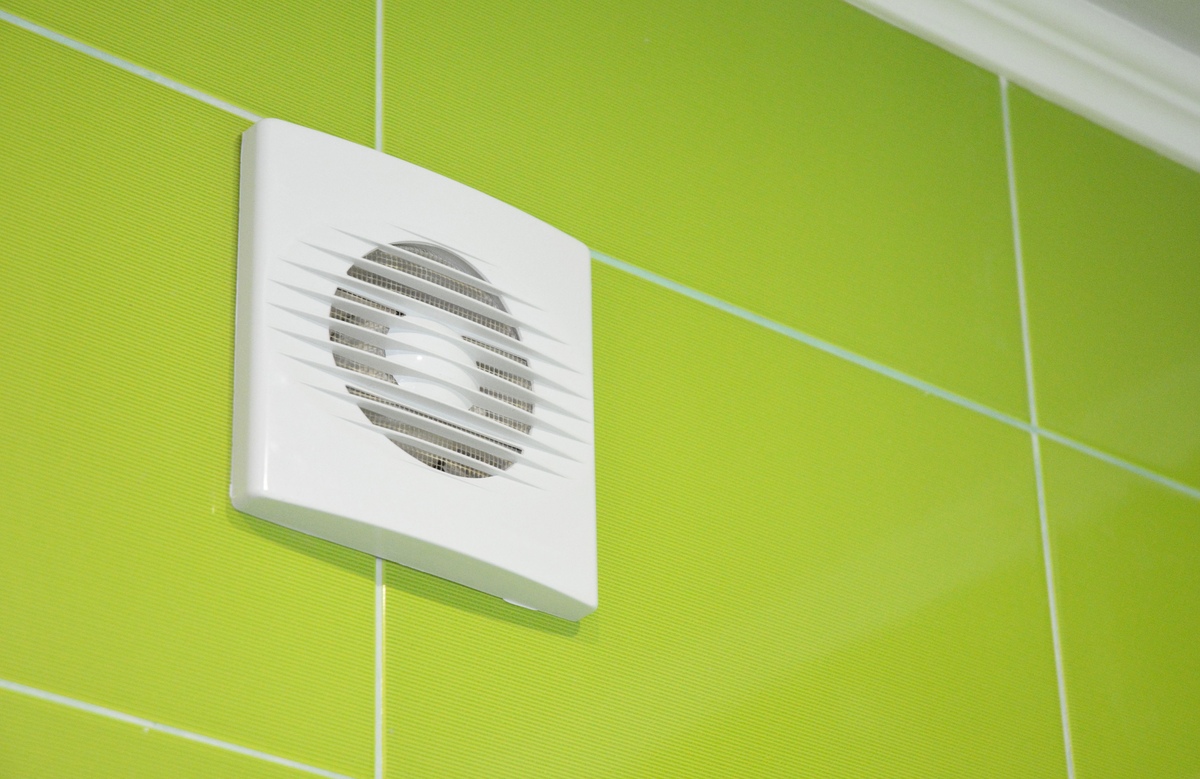
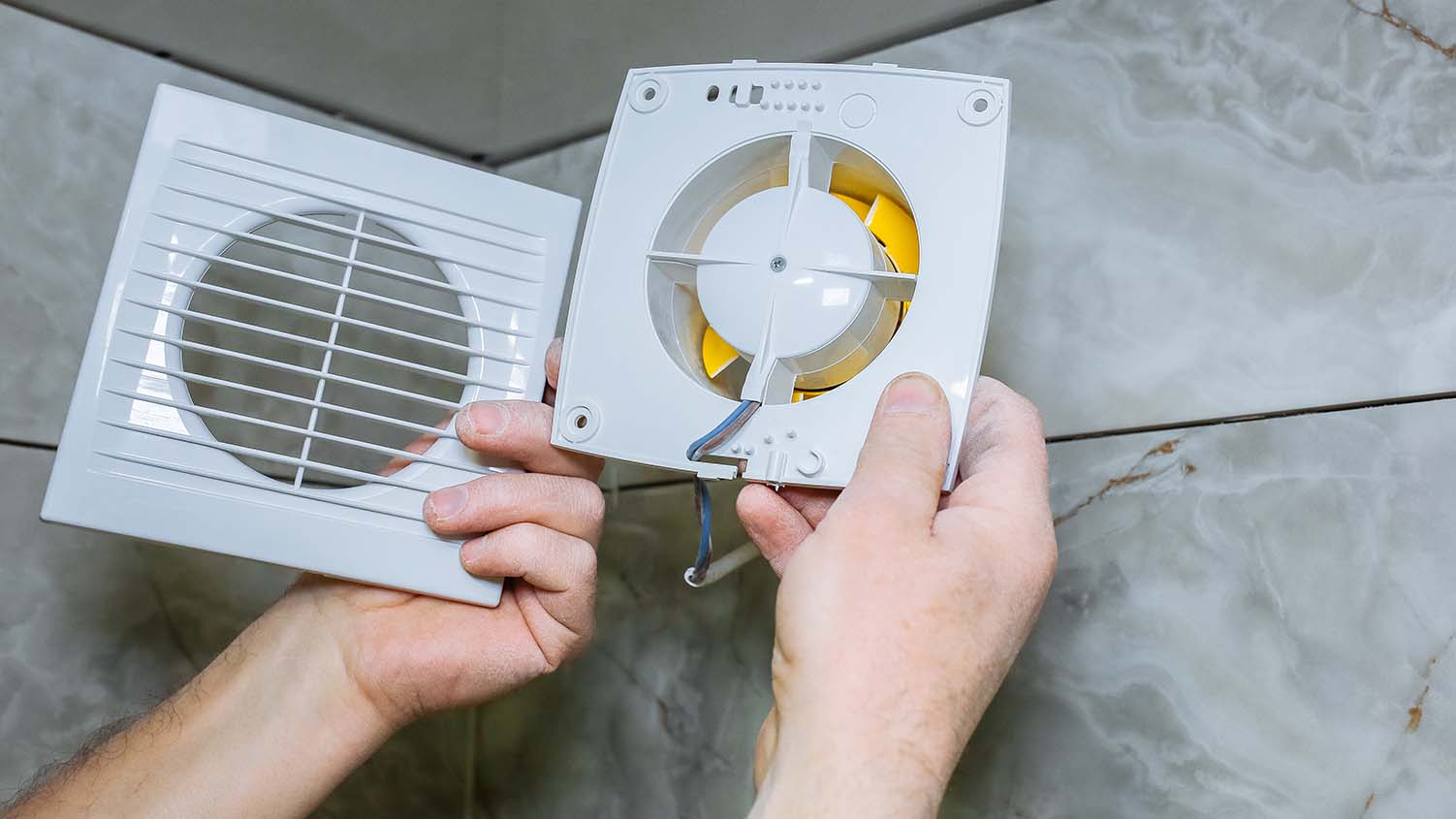
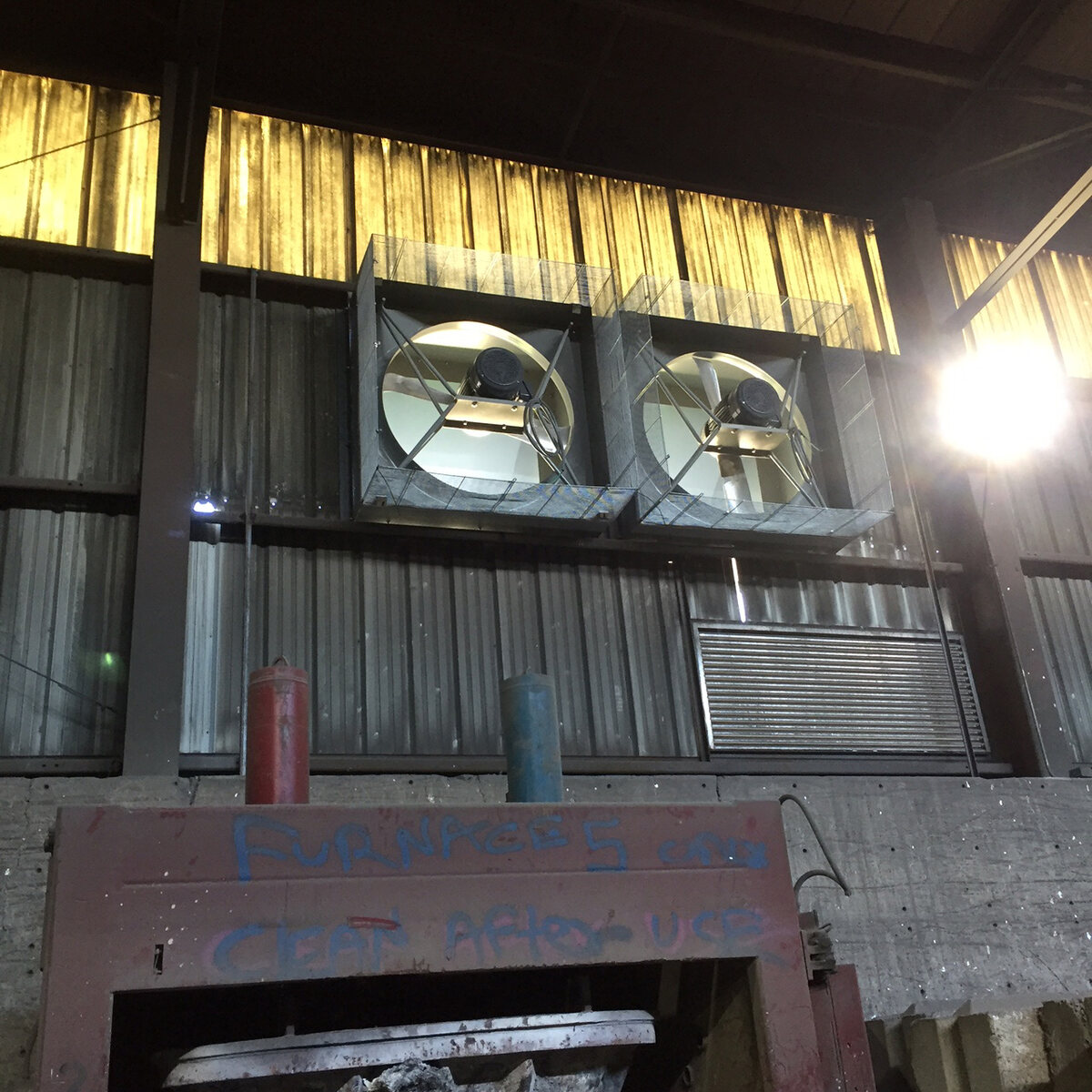
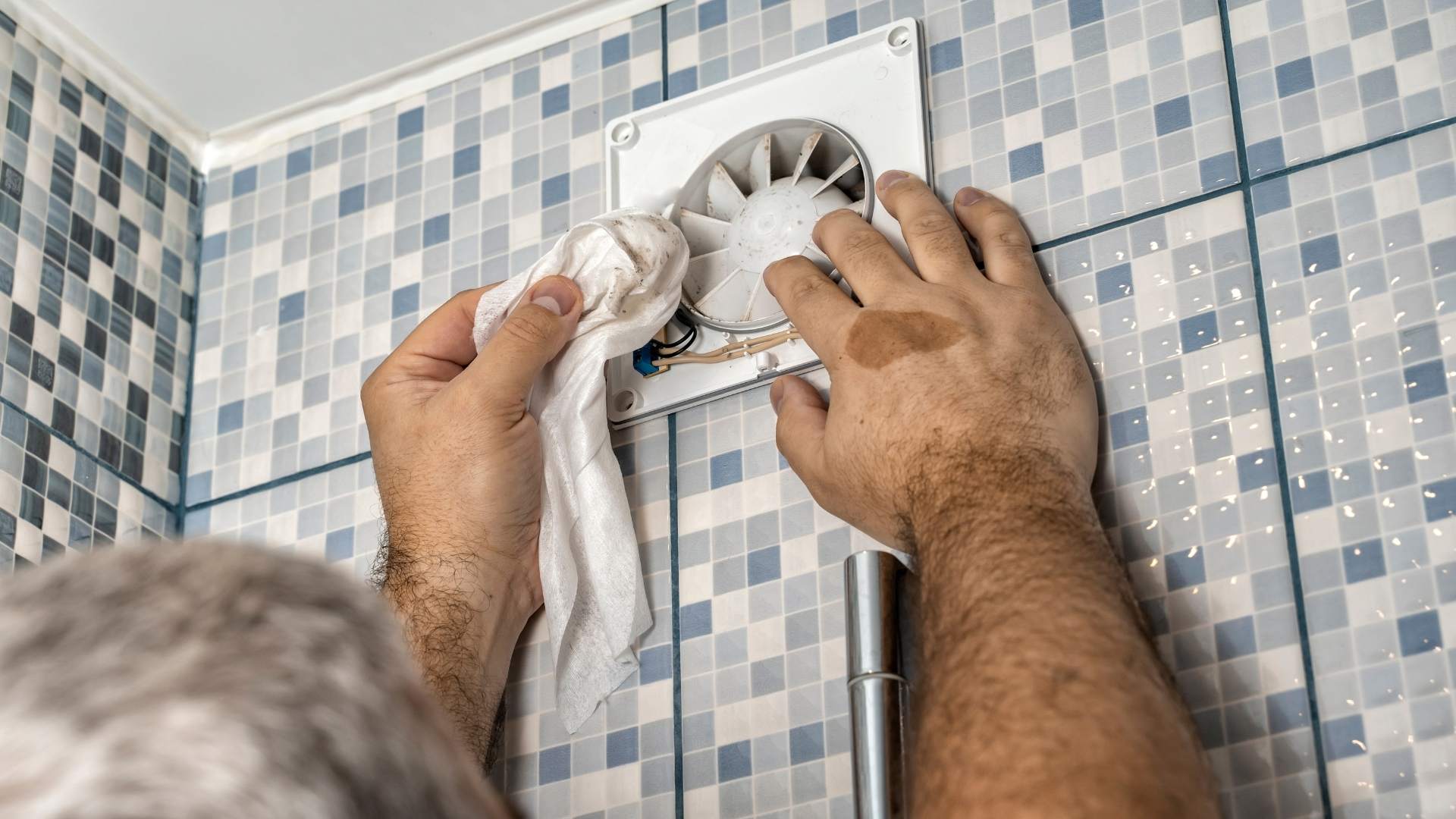

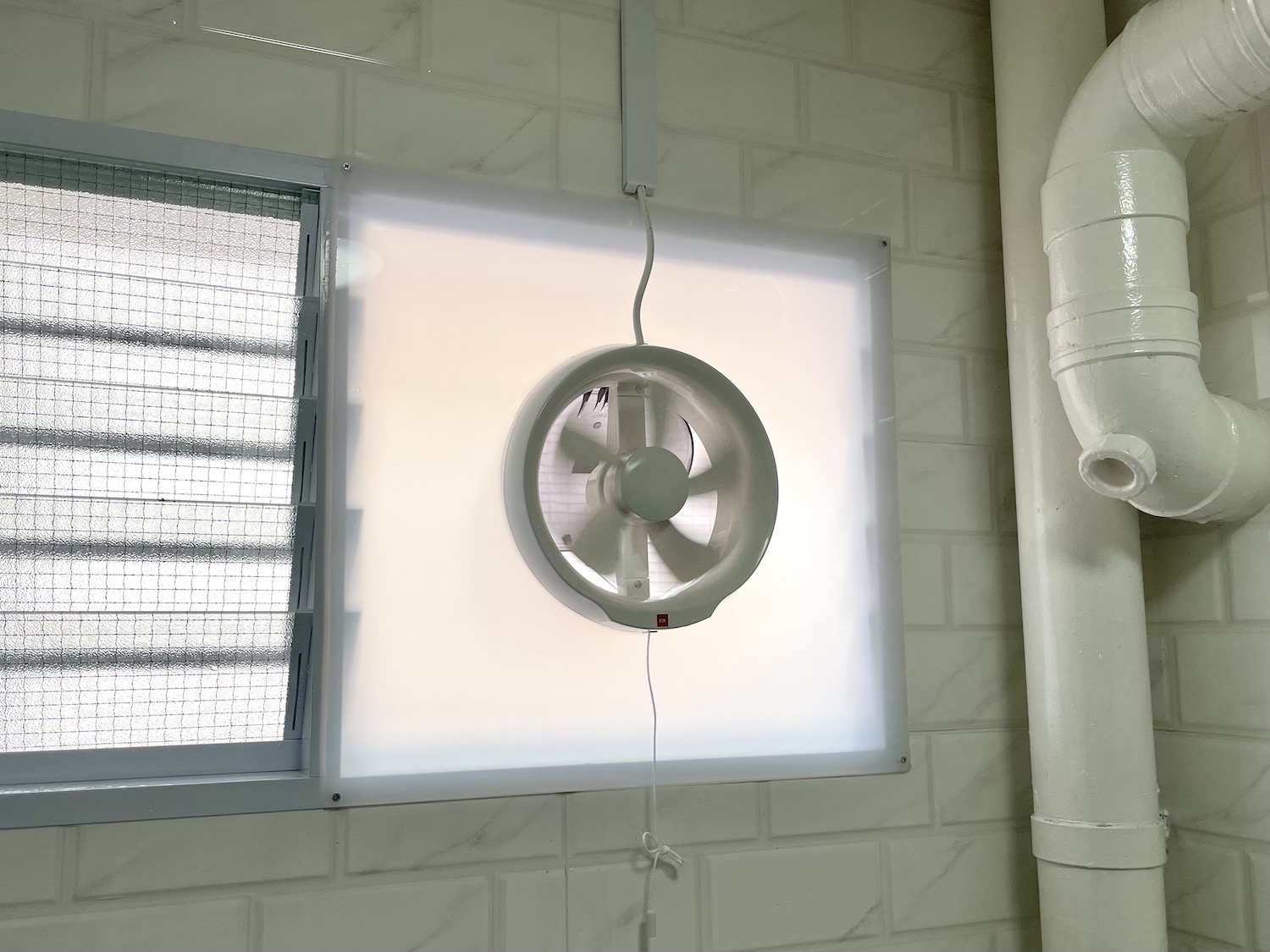

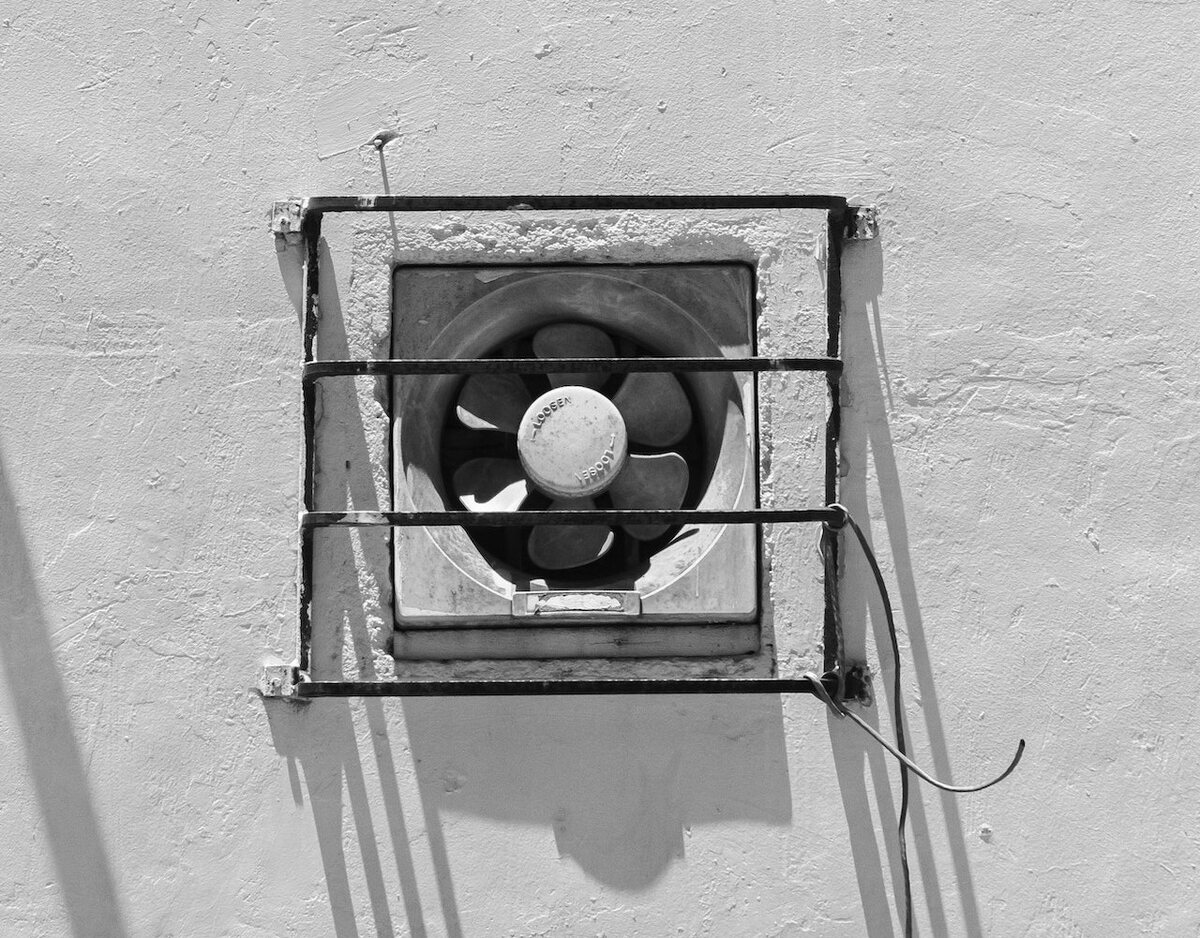
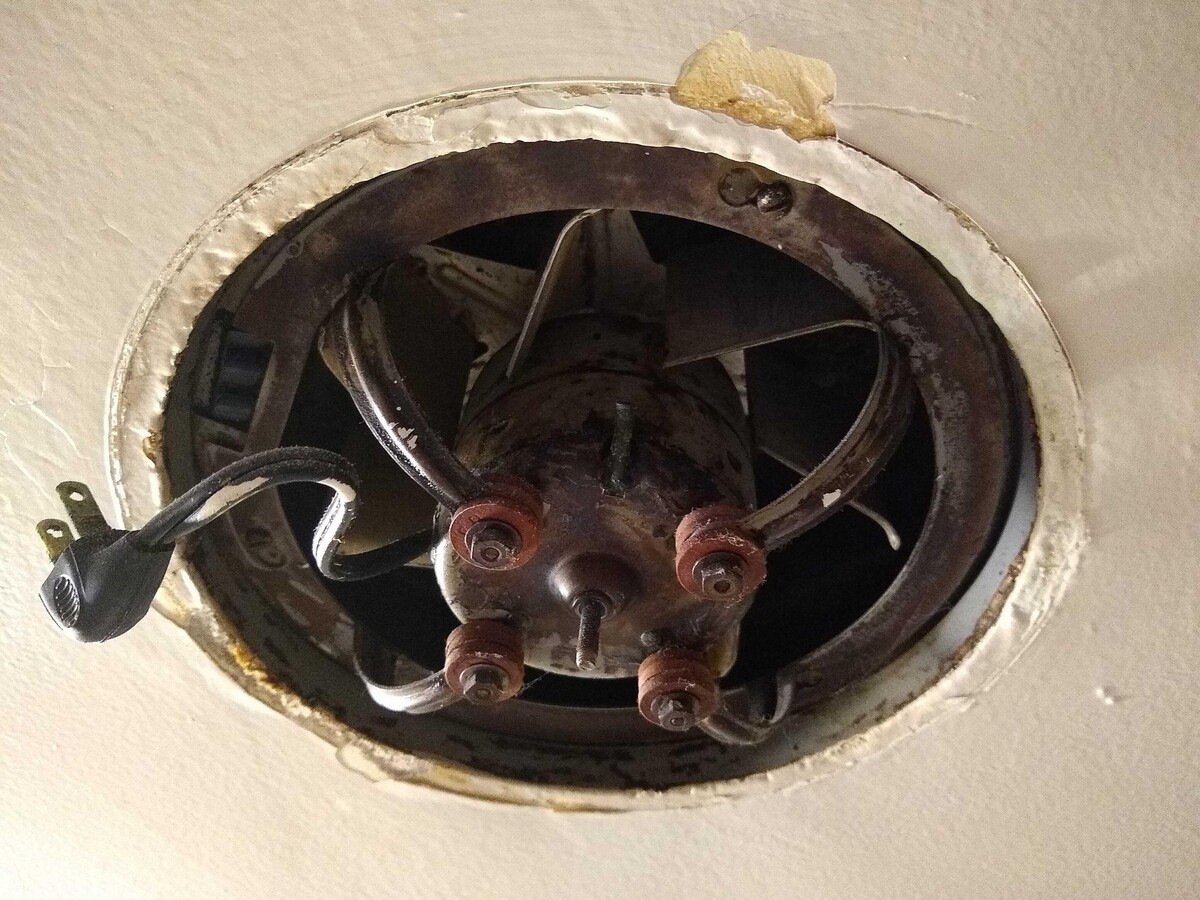


0 thoughts on “How To Tell If A Fan Is Intake Or Exhaust”